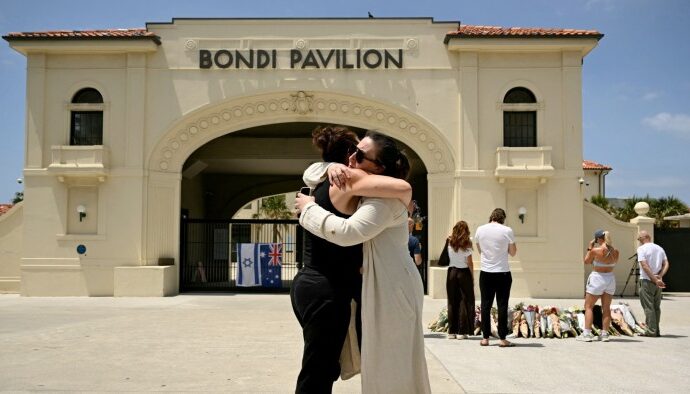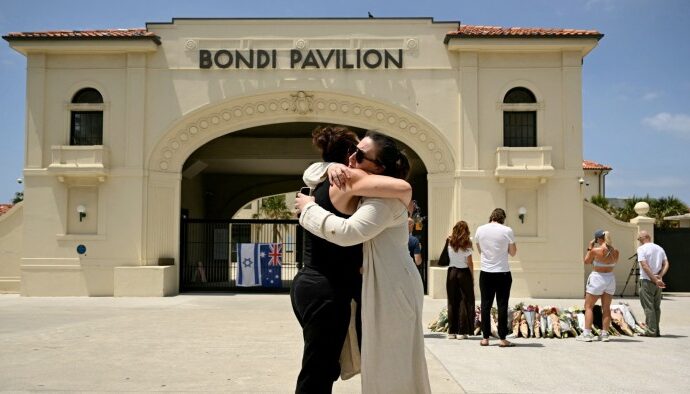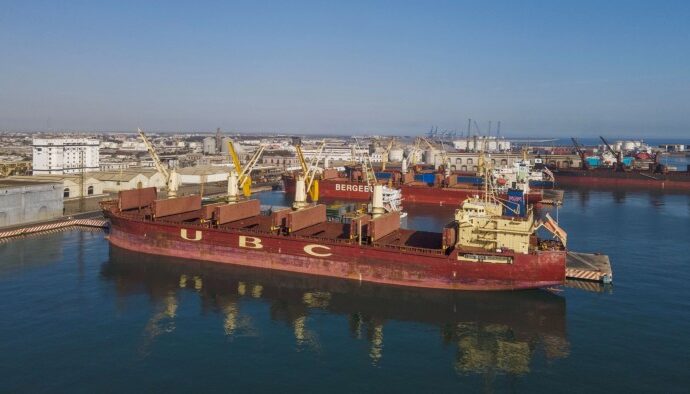The Philippines and Taiwan have disclosed new details about recent coercive Chinese actions in nearby waters and airspace, as both countries push back against Beijing’s use of its growing military capabilities to enforce its territorial claims.
The Philippine coast guard said on Friday that aggressive moves by Chinese naval and coast guard vessels caused a “confrontation” with two of its ships during a week-long patrol in the disputed South China Sea.
Meanwhile, Taiwan’s defence ministry reported that a TB-001 drone circumnavigated the country’s main island in the 24-hour period to 6am on Friday, the first public acknowledgment of such a flight by the new Chinese combat drone.
Several countries across the region have become more assertive about publicising information about Chinese incursions into disputed waters and airspace, highlighting the pressure China’s fast-growing military and maritime policing power is putting on its neighbours.
Since the beginning of this year, the Philippine coast guard has accused China of putting its patrol vessels at risk by targeting them with lasers, and repeatedly published data about manoeuvres by Chinese coast guard and maritime militia ships to disrupt supply missions to Philippine-controlled land features in the South China Sea. It has documented that behaviour with an overflight and last week’s ship patrol, on which it invited journalists.
Taiwan’s defence ministry has been providing more detail about Chinese military activity close to its shores since the unprecedented week-long manoeuvres with which Beijing sought to punish Taipei for hosting then US House speaker Nancy Pelosi last August.
The drone disclosed on Friday was one of 38 Chinese military planes active around Taiwan between Thursday and Friday morning. Half of the aircraft entered Taiwan’s air defence identification zone, the largest such incursion since Beijing staged three days of war games in reaction to president Tsai Ing-wen’s meeting with US House speaker Kevin McCarthy in early April.
On Friday, Japan also included frequent intrusions by Chinese coast guard vessels into its territorial waters, and unauthorised maritime surveys, among a number of maritime threats in its new five-year ocean policy. Japan said it needed to strengthen its coast guard.
According to the Philippine coast guard statement, its two patrol ships encountered a corvette of the People’s Liberation Army Navy within the territorial waters near Pag-asa, a South China Sea island administered by Manila also known as Thitu or Zhongye Dao, on April 21. The island is the only one in the Spratly archipelago with a small permanent civilian settlement. The Chinese naval ship “challenged the presence of the [Philippine coast guard] vessels over the radio and directed them to leave the area [and] issued a warning, suggesting that failure to comply might ‘cause [a] problem’,” the Philippine coast guard said.
Manila also accused Chinese coast guard ships of “dangerous manoeuvres” in a second incident near Second Thomas Shoal last Sunday. The Philippines keeps an outpost on the reef, also known as Ayungin, on a retired military ship that it ran aground there in 1999.
Chinese ships have for months been harassing Philippine vessels delivering supplies and materials for repairs on the ship. On Sunday, one of the Chinese coast guard vessels put the safety of its Philippine counterpart at risk by approaching up to 50 yards, Manila said. It added that it counted up to 100 Chinese maritime militia ships massed around Whitsun Reef, one of the unoccupied land features in the South China Sea where western officials have said Beijing has started new reclamation work.
China’s foreign ministry countered Manila’s accusation by saying that the Philippine vessels had intruded into its waters, and its coast guard had acted to safeguard the country’s sovereignty. China claims the South China Sea almost in its entirety.


